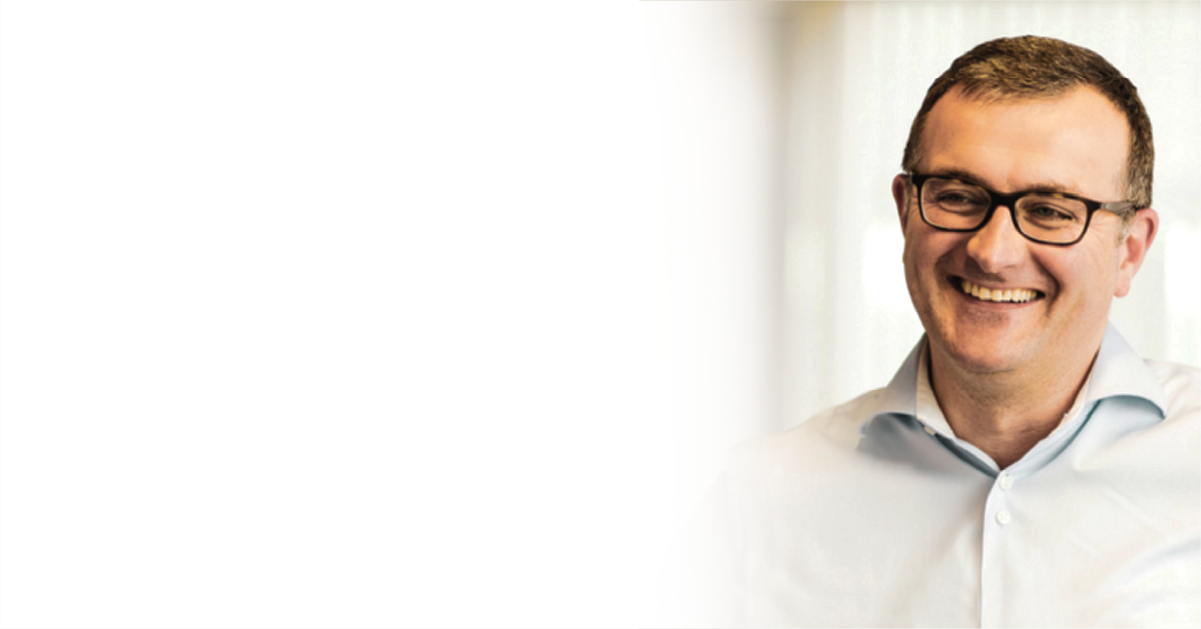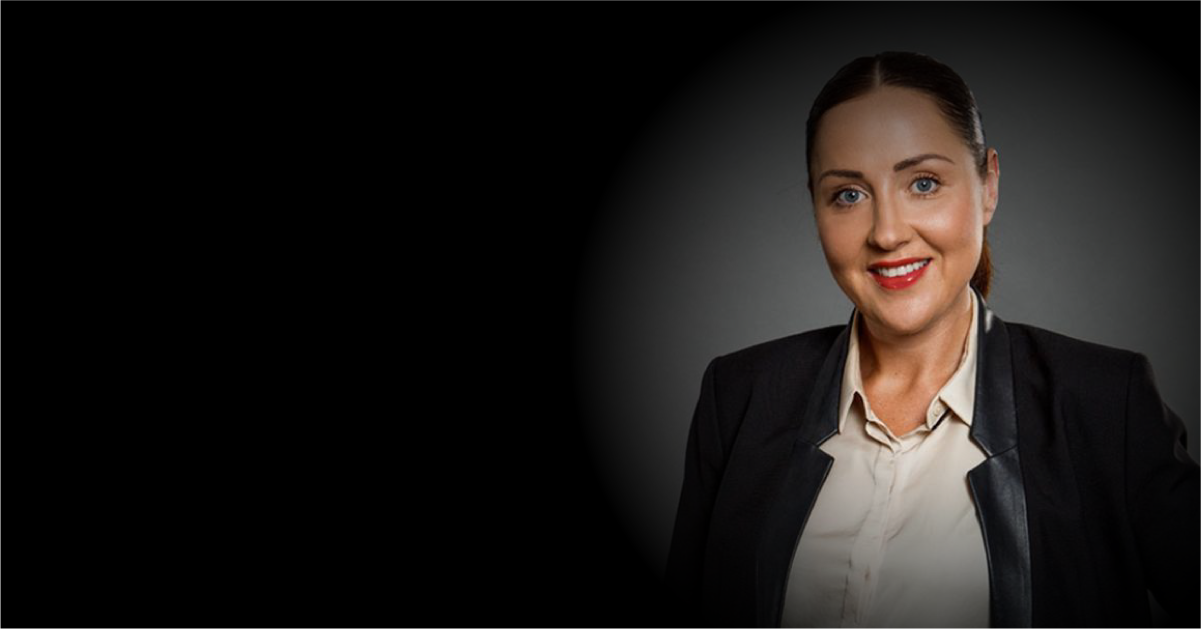Going from fully office-based to fully remote and now a hybrid work model, organizations and employees alike are faced with a lot of change in such a short period of time. We speak to Günther Ghijsels, Chief Digital and Information Officer at Randstad Group Belgium, on the evolution of work culture, effective leadership in a hybrid environment, and the importance of adaptive change management.
What do you think effective leadership looks like in a hybrid work environment?
I think as a leader, there’s a huge shift that you also need to make in this new world. What I see happening now is that it’s becoming much more difficult to get everybody aligned and keep working on the same vision, and realizing the strategies that you have been setting out. So, you need to try to really connect the people to what you’re doing. Whilst in the past, you’re connecting physically with people – you’re having a chat, or you’re having a presentation – it’s much harder to get into the real connection with people virtually. It’s a question of how you organize the connection between you and the people that you’re leading.
Building the connection with what you’re doing as a company, that you know what’s on the mind of the people so that you still can have the connection as you had before. It’s having kind of the same thing that we did unconsciously in the past. You need to do it now consciously in the hybrid world.
You need to adapt as a leader. You need to serve them in the way they want to be served because you’re in a world of a scarcity of talent. We are in a world where people need to be completely comfortable in what they’re doing. You need to be there for them one way or the other. It’s not them that need to adapt, it’s you that need to adapt as a leader.
How would a leader balance that with some people preferring to work from home and some preferring to work in the office?
That’s exactly the hybrid model. We have clear rules on how much time you can spend at home and how much time you’re supposed to be in the office, but everybody’s free to come when they want to come to the office. So, you don’t have the whole team at the same time in the office anymore and that’s, from my point of view, the most difficult thing.
Make sure that you involve everybody in the discussion, that you involve everybody in the meetings, gets his moment of taking part in the discussion that you’re having. You need to facilitate this kind of stuff.
How do you think the pandemic has redefined work culture and what should organizations focus on?
From my point of view, the culture is you need to trust people. Even before, you needed to trust people, but today it’s even more. You need to trust people because you don’t see people anymore. You don’t know what they’re doing, if they’re working, when they’re working. So, you need to build a lot of trust with people. It always comes down to having clear expectations, to having open conversations about what you expect from people.
Also, you need to really make sure that you create a good feeling with the people that are working for you, and that they know why they are working for you. You need to spend much more time to really keep people connected to what you’re doing. Because if it is all virtual and there’s no connection to the company, why shouldn’t they work for another company in a totally other country or city? So, culture is becoming much more important to connect people to you. So how can you make sure that the values that you have as a company are also transferred to them in the virtual way.
Trust is one thing. It’s also transparency, it’s keeping the feedback open. And I really believe that there shouldn’t be a difference between the virtual world and the physical world on how you work together.
What are the challenges that organizations face with change management during the digital transformation process?
I think it’s discussing the why. And if you are clear on the why, then you get people along with you on the journey that you’re in. I’m always struck by the fact that people in their personal lives, things are changing very fast. They have their own clear expectations of what is going on, and what they are doing. But when you’re changing something about the way of working in the company, that’s always a huge change to people. You need to give them the same kind of eagerness for the change as you do in your personal life.
You will not get everybody along. That’s also something that you need to be aware of. It’s not that you have everyone looking for a change. I think you need to try to really make clear what’s in it for them and use the same arguments as they would use within their personal life on the change that you’re doing in their professional life.
What about some other challenges leaders face when trying to figure out change management during the digital transformation?
You need to adapt the way you’re doing things to the new environments that we are in. The change management practices need to change, in that sense. How you do it practically, how you support these kinds of things, you also need to change them, and you need to try to align it with the way that you’re working at the moment. For the people that are doing and bringing the change, it’s also a new way of working that you need to bring in place. As a leader, you need to facilitate this. Why are we doing things in another way? It’s not just because it’s different or it’s better. No, it’s aligned with the expectation of the people.
How can organizations use digital tools to spearhead change management efforts or strategies?
There are a lot of digital means now that you can use to really track and trace what you’re doing, and how far you’re going.
If you’re introducing some new things in your organization, don’t forget from the start to also include the whole project measurements, to make sure that you measure the change and not only the business idea that you’re realizing. Because we tend to measure the results of things, but we also should try to measure the change rates that we are achieving. So how far are we in the change? There are always a number of KPIs that you can try to find out how far are you in the change. How do you measure that? If it’s about an application, for example, that you newly tried to introduce, how do you measure that people are really using all the functionalities that you have been introducing, and are they using it well? And if they are not using it well, how do you make sure that people who are using it try to influence other people? Do you see the connection between the people that are using it very well and people who are not using it?
There’s a lot of social information available that you also need to use within your change environment. And that’s kind of new to us as a company as well. So how can we really try to use this kind of information to really steer learning? The aim is to get people comfortable with what they are doing and how can you facilitate this.
By giving these kinds of small learning snacks to people, it’s also less overwhelming than before when people were just stuck in a meeting room or in a training for half a day. Now you can measure what people are doing and you can see where they have problems and where they don’t have problems. There’s a lot of information. Use data to also facilitate the whole change that you need to go through.
How has Randstad’s approach to change management evolved in the last few years?
Yeah, it certainly has evolved. I just gave a number of examples that we are dealing with. We are trying to use data. That’s really the biggest step that we have been taking which we really need to dig into. People need to trust the data because the data tells you a lot of things, but people are kind of a little bit afraid of just using the data that we have and relying on all the data that we have. You need to build up the trust, you need to build up the process, and you need to become better and better at what you’re doing. And you need to become better and better at defining what are the right KPIs that you need to measure to change the behavior of the people because that’s what you’re doing within change management.
You mentioned earlier that knowing what to do with the data and being able to use it properly are two different things, right? So how do you go about figuring that out?
It’s by experimenting. We tried to adapt to a very agile approach. Because you might draw a number of conclusions out of the data and define a number of actions, but you also need to measure the effect of those kinds of actions. You need to accept as a leader that some things don’t work, and you need to say, “Okay, this doesn’t work. Let’s try something else.”
We had everybody working from home and at one moment in time, we came into a hybrid situation. The things that we were doing during the full lockdown and full working from home period didn’t work anymore in the hybrid world. You also need to adapt and really make sure that you measure all the things that you’re doing, and adapt the way you’re trying to implement change in your organization.
How has the talent pool and talent requirement changed in recent years?
It’s changed a lot because you’re now in an environment where everybody’s fighting for talents. Everybody’s talking about the war for talent, but there is no war. The talent has won the war.
So how do you create an environment where people are willing to work for you? That’s different for all kinds of people. You might be attracted by having a very nice work environment and having the latest tools available. For some other people, it’s about more of the purpose. So, what’s your unique selling proposition to the talent? You need to sell your company. It’s not the talent that sells himself to the company. It’s the company selling itself to the talent, and I think that’s a huge shift that we have been making over the last years.
What I see is that with the younger people that are entering into our environment now, they have totally other needs than the older people that are in our company. So how do you, as a company, organize yourself to work with the different generations that have different needs? And how do you make sure that you have the connection between all those people? Because there are different mindsets, different ways of working, different ways of thinking. How do you make sure that you built those into one environment? Because the fast change that all the young people are used to is not always the fast change that the other people want in the organization. So, you need to balance between both, and you need to try to create an understanding between both worlds.
*The answers have been edited for length and clarity.



